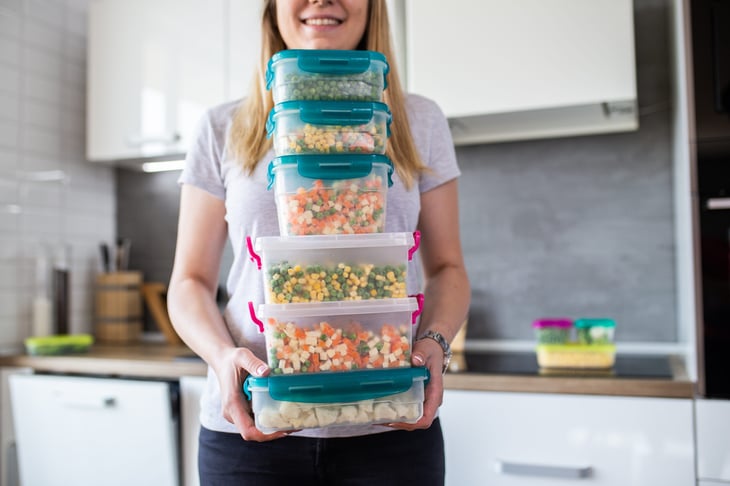
About one-third of U.S. homes use a stand-alone freezer rather than relying on the smallish freezer attached to their fridge. In some states that figure is much higher; North and South Dakota have freezer ownership rates of 64% and 65%, respectively.
While a new freezer could cost as little as a few hundred dollars, the price can shoot up to as much as $2,000 or more depending on the size and brand. Annual energy costs vary, but you can expect to pay anywhere from $30 to $60 per year on average, according to EnergyStar.gov.
If you’re going to drop hundreds (or thousands!) on an appliance, make sure you’re getting the most out of that purchase. Otherwise, your freezer will wind up like the rotisserie cooker, sous vide water oven or any other appliance you thought would be a great idea: mostly unused. (And it’s a lot easier to carry an ice cream maker or rotisserie cooker to the thrift store than it is to move a freezer out of your living space.)
Used right, freezers can be a huge boost to grocery budgets. They let you stock up on great grocery deals, especially animal protein. Combined with a deep pantry, a well-stocked freezer can help you cut back on pricey takeout meals.
The following tactics will help your freezer pay for itself, year after year.
1. Beware of UFOs

That’s “unidentified frozen objects,” i.e., leftovers or food items you bought months (or years) ago and completely forgot about. If they wind up too freezer-burned to use, you’re throwing away your hard-earned money. Don’t let this happen!
One way to prevent food waste is to keep a running list of freezer contents. Each time you put something in the freezer, add it (and its purchase date) to the list.
Another UFO prevention tactic: If you own a chest freezer, defrost it at least once a year. This helps you keep tabs on the contents and will help the appliance run more efficiently. (Pro tip: Defrost on the day that Daylight Saving Time begins and/or on the day it ends.)
Note: Upright freezers are self-defrosting. If you own one of these, consider checking or rotating the contents once or twice a year.
2. Store foods strategically
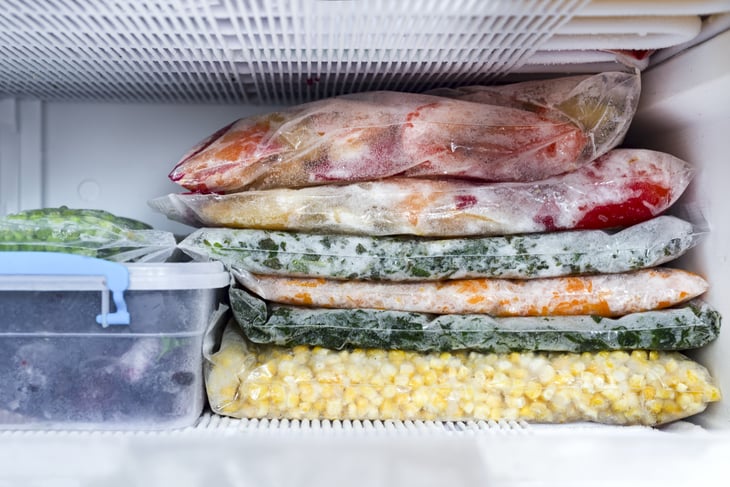
After defrosting, make sure that the oldest food items go on top of the pile. Next, take a few minutes to plan how to use those coldie oldies as soon as possible. Without a menu in hand, UFOs could stay there until they really are unusable.
Again: You paid for those groceries so don’t waste them. And on the subject of repacking ….
3. List and label
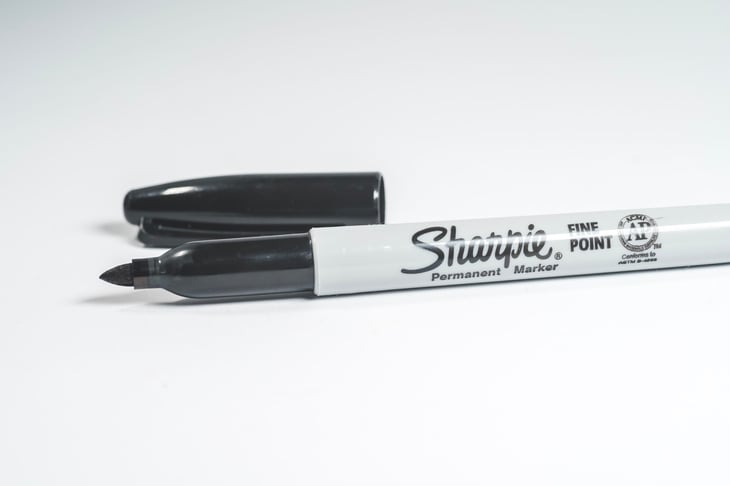
That “keep a running list” advice from earlier? If you don’t already have one, get started after defrosting or after the next grocery run. Write down the weight too, if applicable. After all, “ground beef” doesn’t tell you whether that’s enough for a family-sized meatloaf or just a few burgers.
Label all leftovers, too. After a month on ice, leftover chopped pork roast can look an awful lot like leftover frozen ham chunks. The difference is that one makes a good chili and the other, well, doesn’t.
Next: Use the list! When planning what to cook each week, a glance at the lineup reveals you have enough ground turkey for Taco Tuesday or a big bag of stir-fry vegetables to use with the leftover roast chicken.
Consult the list before shopping, too, lest you wind up with way too many Lean Cuisines or sacks of dino nuggets. Consumer Reports notes that having a well-organized freezer and a list of its contents will minimize frost build-up because you won’t have to “hunt around” for what you need.
4. Organize your foodstuffs
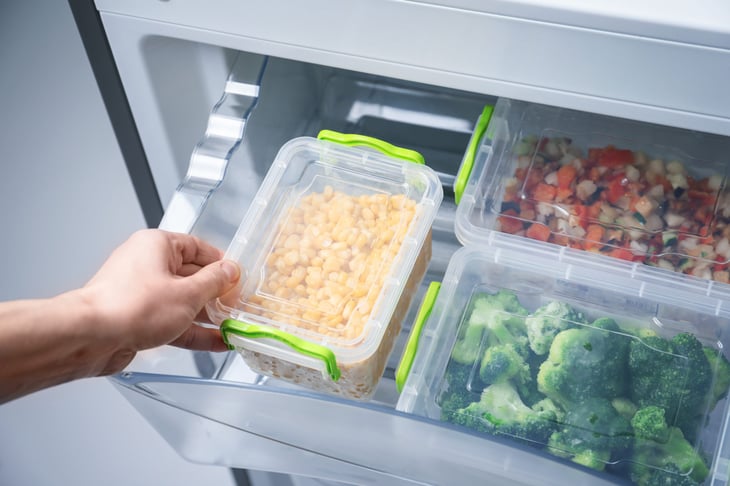
Some freezer manufacturers are adding “smart storage” options, such as adjustable drawers or shelves and tiered bins. Our two freezers are older models without these perks. Instead, we organize with grocery bags, cardboard boxes and a few small plastic bins we got for free from our Buy Nothing Facebook group.
This helps us go directly to the butter, bacon or produce frozen from our backyard garden. This eliminates aggravation: “Where are those #@$! dino nuggets???” And as noted earlier, having to hunt around for items means the freezer is open longer, which allows warm air to infiltrate the cold zone and create frost.
5. Consider batch cooking

If you’re making a pot of chili, why not double or triple the recipe and freeze the extras? Or spend one Saturday a month cooking large quantities of entrees your household loves in order to have a month’s worth of meals on hand.
As outlined in “Freezer Cooking 101,” batch cooking means less time in the kitchen overall, reduces clean-up and can save you money when you buy ingredients in bulk.
6. Engineer leftovers
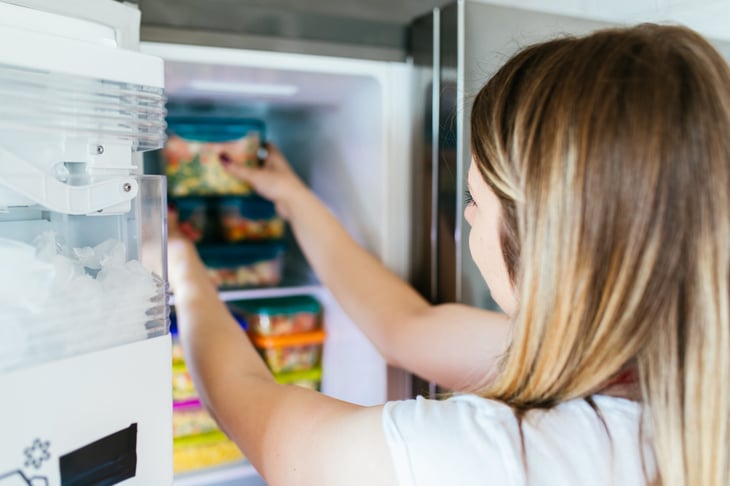
Once dinner has been cooked, put one meal’s worth into a container in the fridge; label and freeze once it’s cooled down. Now you have a grab-and-go lunch ready for a workday when you’ve run out of sandwich makings. It will thaw all morning and be ready to nuke at noon.
These also make fine dinners for nights you don’t feel like cooking, or when you want to cook something that your partner can’t stand: Here, eat this instead.
Note: Do this leftover-engineering regularly enough and you can declare “Grab Something From the Freezer Night” once or twice a month when no one feels like cooking. Given that the typical household spends about 54% of total food dollars on food away from home, the relief to your budget can be considerable.
7. Get a thermometer or temperature meter
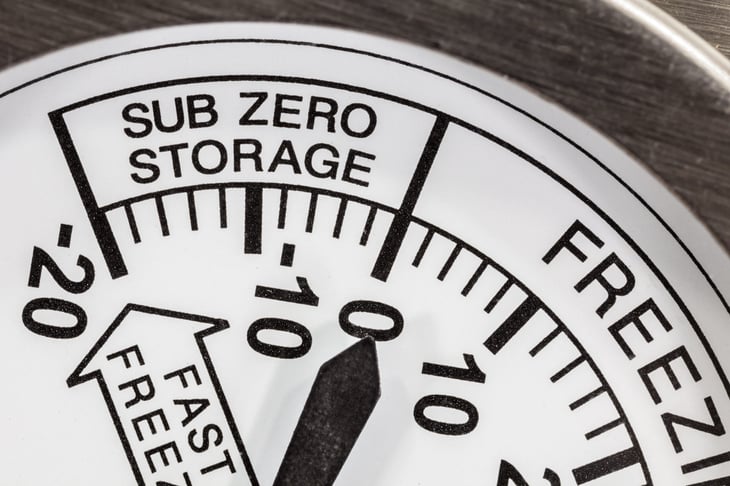
Freezers work best at zero degrees Fahrenheit (about minus 18 Celsius). You can buy a freezer thermometer to be sure, either at a big-box store or an online one. If the temperature is consistently higher than zero, it’s likely malfunctioning. Get it looked at before it fails entirely, taking your provisions with it.
Consider a freezer alarm system, which will sound an audible alarm or send alerts to your smartphone if the temperature goes up. A smartphone version might be better if you like to travel; even when far away, you can arrange for a friend, relative or house-sitter to be there when the appliance repair professional shows up.
8. Buy in bulk

How often have you seen noticeable price breaks on “family packs” of meat or poultry? Ever mourned over those huge, inexpensive bags of Costco blueberries vs. the pricey half-pint supermarket portions?
With a freezer, you can do the big buy and then repackage and freeze in more sensible portions. Bonus frugal points for rewrapping them in plastic bags you saved from tortilla, bread or frozen vegetable purchases.
9. Think beyond meat
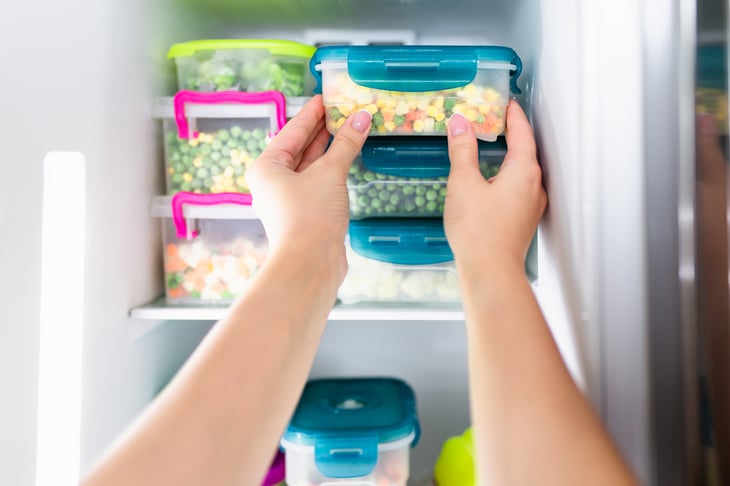
Freezers aren’t necessarily just for loads of on-sale ground meat or chicken breasts. For example, flour can be frozen when you find a great loss-leader deal; however, let it come to room temperature before you start baking.
These freeze-ables can also boost your grocery budget:
Close-dated fruit. Those red-band bananas and bags of fruit in the “last chance” section work just great in smoothies or homemade juices. Buy as many as you can at rock-bottom prices, then freeze in the portions you prefer.
Chopped veggies. To reduce time spent in the kitchen later, take half an hour to cut up and freeze onions, peppers or celery. A handful of these dropped into a pot glazed with olive oil can be the start of your next soup, stroganoff or stir-fry.
In-season produce. If peak-of-summer vegetables or fruits are available where you live, stock up for the winter. Learn the best practices at the National Center for Home Food Preservation.
Nuts. They’re full of heart-healthy fats that, unfortunately, can go bad fairly quickly. But they’ll last up to six months in the freezer so take advantage of the good deals you find.
Bread products. Sandwich loaves, bagels, English muffins and other delights will last for up to three months in the freezer. Bonus frugal points if you visit a bakery outlet.
Milk. This is best for milk to be used in cooking or baking, as frozen milk looks awful. Give it a good shake and make that cake, pudding or milk-based gravy.
However, some foods don’t belong in your freezer.
10. Monitor storage times

Freezer burn won’t kill you. But it may render meats “tough, dry and tasteless,” according to the Cooperative Extension Service of North Carolina State University. Supermarket meat packaging allows air to infiltrate faster than a good-quality freezer paper (also known as butcher’s paper).
Full disclosure: We have not had any problem with freezer burn, even on meats stored for a year or more. That could be because we have chest freezers, which are less prone to creating freezer burn.
But if you’re an upright owner, or if you just want to be on the safe side, get yourself some butcher paper and rewrap the goods. This paper also comes in handy if relatives or friends gift you game meats or fish.
11. Don’t overbuy

But didn’t we just tell you to buy in bulk? Yes and no.
Again, freezer burn won’t kill you, but food quality does suffer over time.
Buying 20 packages of chicken thighs at 49 cents a pound may sound like a great deal. But if you wind up throwing half of them away 18 months from now, you didn’t save money. You wasted it.
Buy only what you’re sure your household can consume, and enjoy true savings.





Add a Comment
Our Policy: We welcome relevant and respectful comments in order to foster healthy and informative discussions. All other comments may be removed. Comments with links are automatically held for moderation.